Collaborative research project to explore possible benefits of installing a natural kelp forest within salmon pens
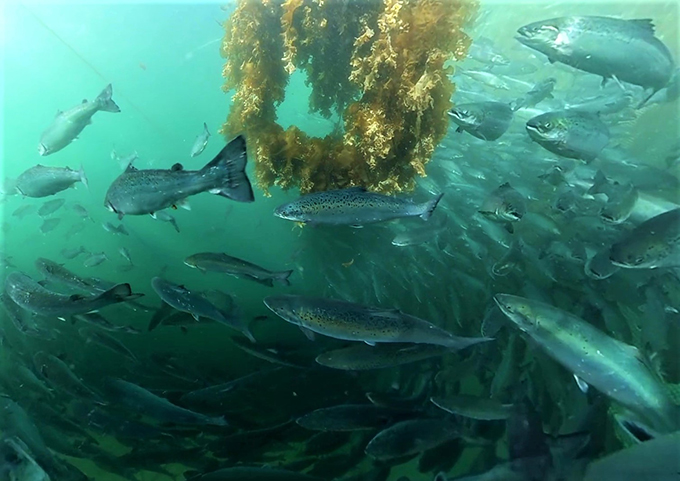
KelpRing, a Scottish company that makes a tool that mimics wild seaweed habitats, has received a £125,000 funding package from the Seafood Innovation Fund (SIF) to explore the benefits of using natural kelp hides on fish farms. The intent is to support “the well-being of cleaner fish and helping them to thrive in their work.”
Supported by the SIF programme with additional input from the Sustainable Aquaculture Innovation Centre (SAIC), the collaborative project also involves salmon producer Loch Duart and the University of Stirling’s Institute of Aquaculture. Over the next 18 months, KelpRings will be installed at a salmon farm of Loch Duart, an independent Scottish salmon farm based in North West Scotland.
“Cleaner fish are naturally drawn to seaweed forests and by adding kelp hides to salmon pens, it allows the fish to act as they would in the wild, in their natural habitat,” said Martin Welch, founder of KelpRing. “Wrasse and lumpfish can live a long and healthy life of up to 25 years if the conditions are right, and measures to enhance their well-being can only support their ability to treat sea lice.”
A potential alternative to artificial seaweed hides commonly used on fish farms, the KelpRing system is designed to closely replicate the type of environment that ballan wrasse and lumpfish would experience in the wild. The KelpRing is made up of a negatively buoyant platform, on which “a passive 24/7 year-round natural kelp forest” grows. The cleaner fish are sheltered within the seaweed forest, and from there, venture out to feed on the lice.
“The KelpRing is a lightweight system which can be deployed in various sizes from one to nine meters in diameter, using a mix of naturally seeded and lab-grown kelp,” said Welch. “So far, the aquaculture sector has been incredibly positive about the prospects of using the system and we’re hopeful that the results from this latest trial will prove our hypothesis, with the kelp having a positive impact on Loch Duart’s cleaner fish population and a reduction in sea lice numbers.”
A previous feasibility study with Scottish Sea Farms combined with international research indicates that the introduction of natural kelp on salmon farms can have medicinal properties and “a calming effect on cleaner fish, boosting their ability to treat sea lice.”
“Being able to express their natural grazing behavior requires a range of factors to be met, such as having a habitat or structure in close proximity,” said Lewis Bennett, cleaner fish manager at Loch Duart. “We currently use artificial kelp for this, but being able to provide our wrasse with a more appropriate habitat should create a happier fish population and would reduce the need for artificial products.”
In this latest trial, researchers from the Institute of Aquaculture will evaluate the impact of KelpRing against current standard conditions, assessing the preference of cleaner fish and mapping behavioural and physiological changes in the cleaner fish population related to their welfare. They will be also looking at cleaner fish efficiency by examining sea lice counts and the health and welfare state of salmon.
“I am very keen to see the results on fish behavior but also the operational benefits of a habitat that doesn’t need cleaning or regular removal from the pen,” said Bennett. “As we have seen at Loch Duart across a range of factors, a natural option is always superior.”
In addition to enhancing the well-being of cleaner fish, using kelp to improve their delousing capabilities could offer benefits for salmon producers and the environment. The wider deployment of KelpRings could lead to less reliance on current treatment methods for sea lice, such as the use of pharmaceuticals and techniques that involve handling salmon, which are more expensive.
“The use of cleaner fish, in my view, is the biggest innovation at Loch Duart,” said Bennett. “They play a vital and valuable role in the business, where they contribute to the fish health strategy. They are also a form of multitrophic farming incorporated into our salmon operations, where they keep our salmon free of sea lice, and we work to meet all of their requirements.”
Eliminating the need for additional treatment, including the production processes and boats used, could also reduce the overall carbon footprint of farms. Overall, aquaculture’s focus on cleaner fish is gaining momentum and research is helping to “transform the wider approach to sea lice management,” according to Sarah Riddle, director of innovation and engagement at SAIC.
“Fish health and wellbeing is one of the top priorities for the sector as it continues to target sustainable growth,” said Riddle. “Tools that mimic natural habitats are known to improve the health, welfare and productivity of cleaner fish. For that reason, it is great to see techniques being trialed to bring the environment of salmon farms closer to what would be found in the wild.”
“Ballan wrasse and lumpfish are crucial to future-proofing the sector, with collaborative research continuing to find new ways of helping them to thrive.”
Follow the Advocate on Twitter @GSA_Advocate
Now that you've reached the end of the article ...
… please consider supporting GSA’s mission to advance responsible seafood practices through education, advocacy and third-party assurances. The Advocate aims to document the evolution of responsible seafood practices and share the expansive knowledge of our vast network of contributors.
By becoming a Global Seafood Alliance member, you’re ensuring that all of the pre-competitive work we do through member benefits, resources and events can continue. Individual membership costs just $50 a year.
Not a GSA member? Join us.
Author
-
Responsible Seafood Advocate
[103,114,111,46,100,111,111,102,97,101,115,108,97,98,111,108,103,64,114,111,116,105,100,101]
Tagged With
Related Posts
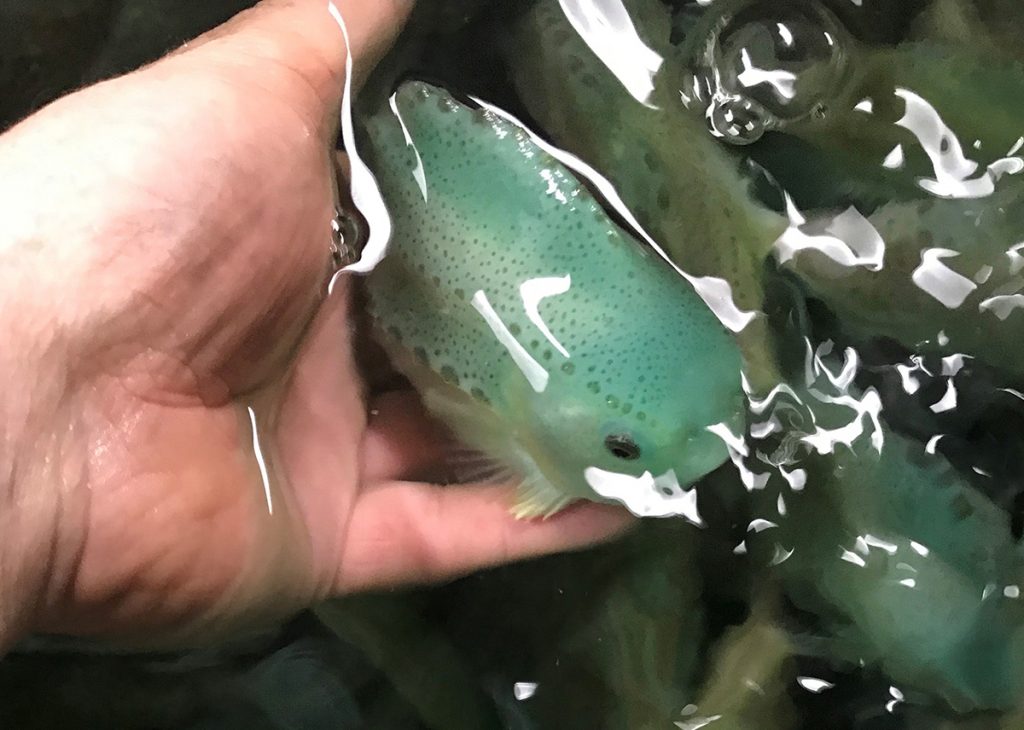
Health & Welfare
Breeding for behavior in pursuit of a better cleaner fish
Researchers are investigating the behaviors of cleaner fish like ballan wrasse and lumpfish, hoping to spur greater interaction with salmon.
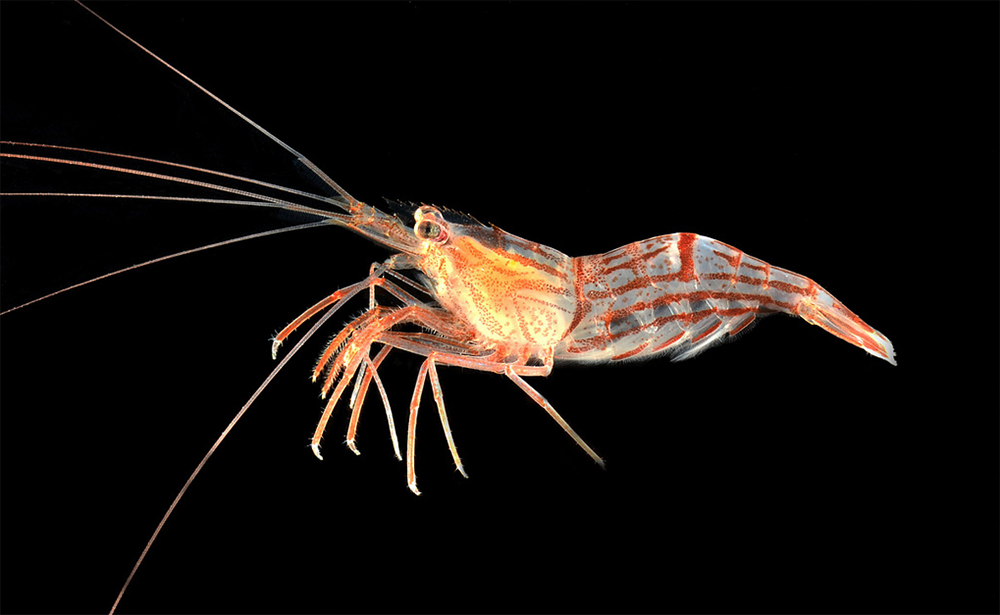
Responsibility
Parasite control in aquaculture takes teamwork
Researchers in Australia are experimenting with a biological control for warmer climates: a parasite-eating shrimp popular with aquarium enthusiasts.
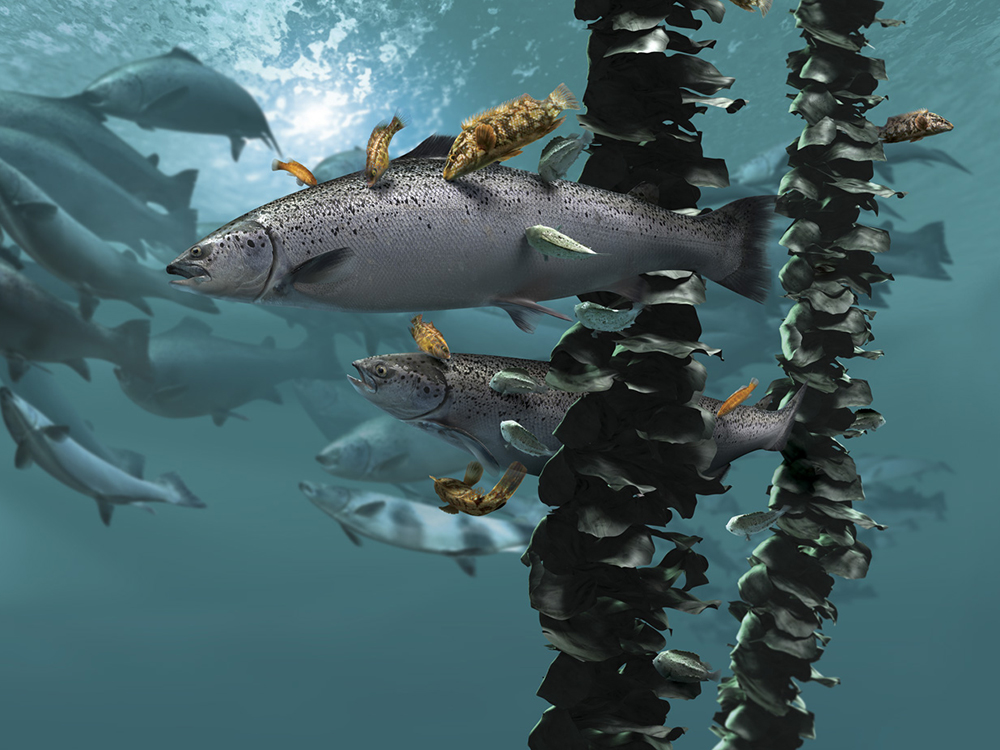
Health & Welfare
In sea lice fight, salmon farmers phasing out hydrogen peroxide
An over-reliance on medical and chemical controls, along with warming waters, led to a surge in sea lice. With such treatments waning in effectiveness, operators turn to other, safer measures.
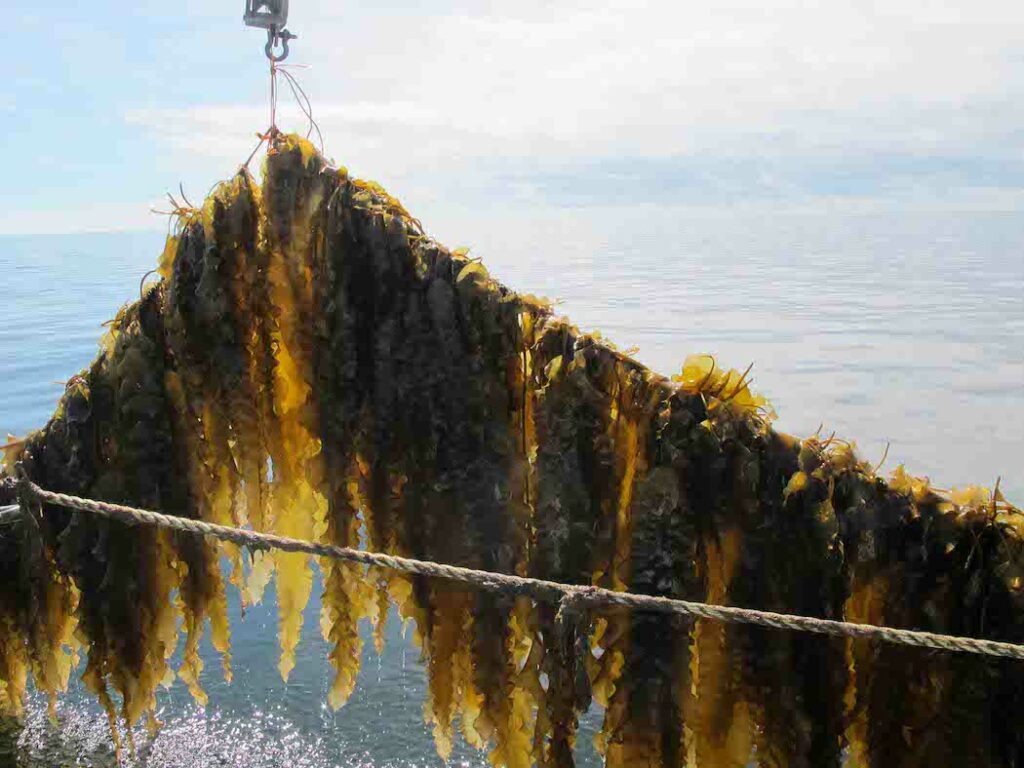
Responsibility
Pilot project cultivating kelp on shellfish leases demonstrates ‘extraordinary’ first year growth
A pilot project led by the Aquaculture Association of Nova Scotia has shown first-year success for cultivating kelp on shellfish leases in Nova Scotia.



